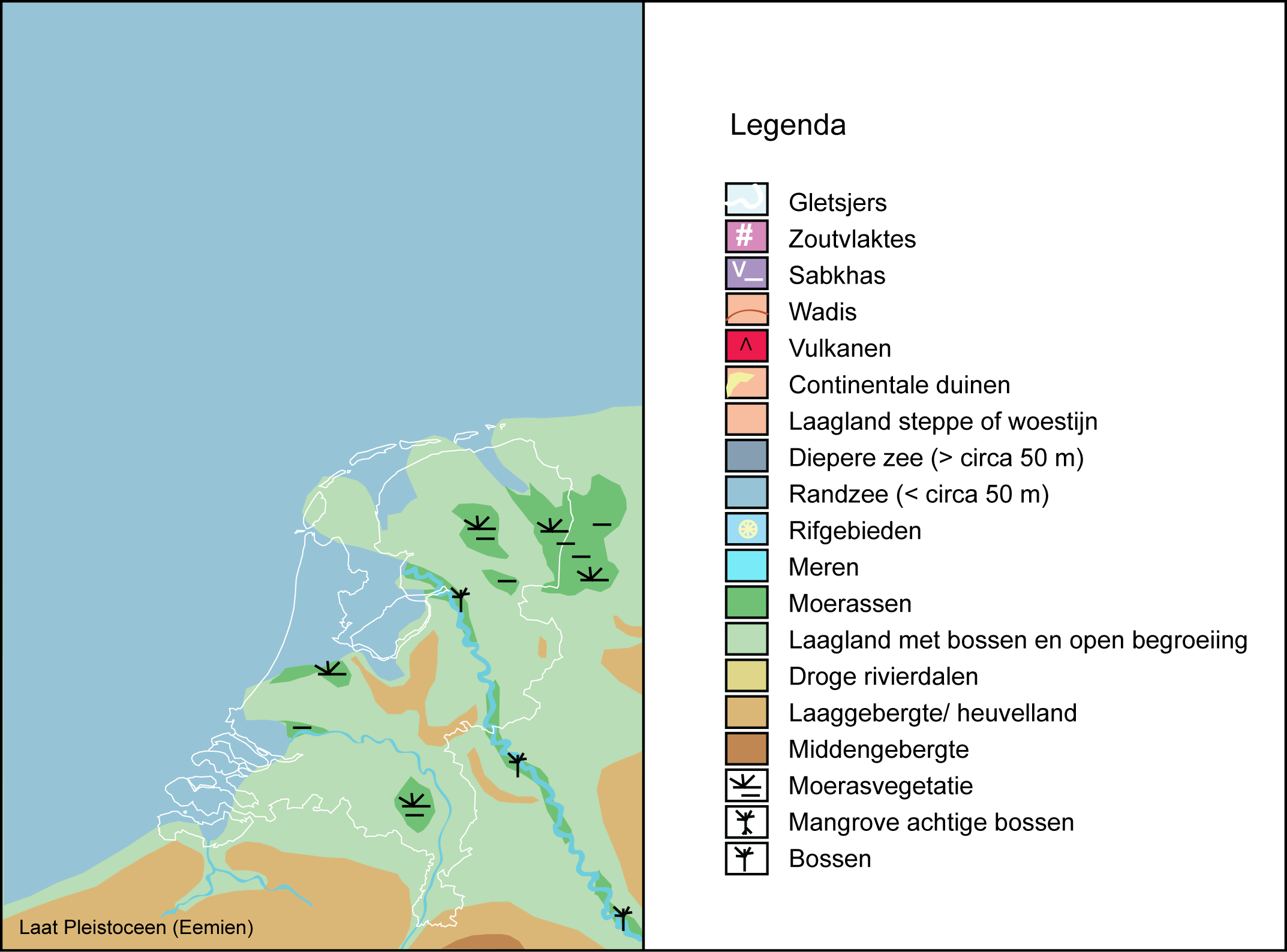Eemian Sea Levels
Warm period ~124 thousand years ago
|
Recently (2013) the Dutch specialists of the "Big Ice" of the "Institute for Marine and Atmospheric research Utrecht" (IMAU) published a analysis of the fate of the Greenland iceplate during the Eemian. The main conclusion of the article ("Coupled regional climate-ice-sheet simulation shows limited Greenland ice loss during the Eemian") is: The Greenland iceplate can have contributed at most 2 m to the sea level rise of the bigger than 6 m rise of that period and therefore the contribution of the Antarctic iceplate must have been more than 4 m equivalent. |
| colder |
|
warmer |
